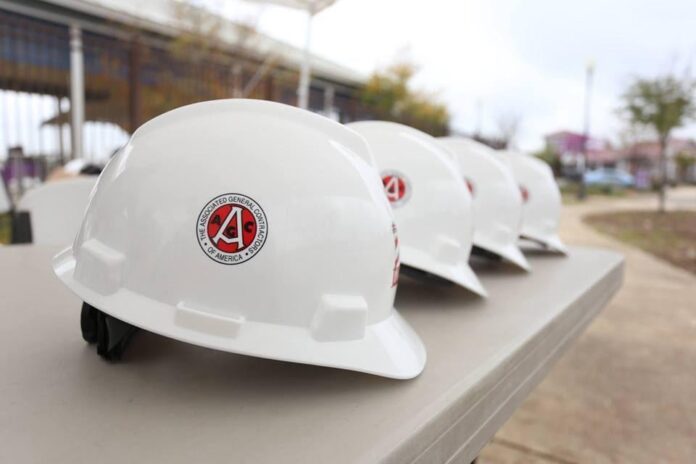Total construction spending increased by 0.2 percent in November, dragged down by a lack of new infrastructure projects along with a continuing slide in homebuilding, according to an analysis the Associated General Contractors (AGC) of America of federal spending data released on Jan. 3.
Association officials urged leaders in Washington to speed the release of funds authorized by infrastructure laws passed in 2021 and 2022 and address regulatory delays associated with those projects.
“A variety of private nonresidential categories, as well as multifamily projects, posted solid spending gains in November,” said Ken Simonson, the association’s chief economist. “Many of these segments should continue to do well in 2023. But the timing of public construction, while well-funded, remains unclear.”
Construction spending, not adjusted for inflation, totaled $1.808 trillion at a seasonally adjusted annual rate in November, 0.2 percent above the October rate and 8.5 percent above the November 2021 rate. Spending on private residential construction declined for the sixth consecutive month in November, by 0.5 percent. Spending on private nonresidential construction rose 1.7 percent in November, while public construction investment edged down 0.1 percent.
Among private nonresidential segments, spending on manufacturing plants—the largest type—jumped 6.5 percent for the month and 43 percent compared to November 2021. Commercial construction—comprising warehouse, retail, and farm construction—was unchanged, while private power construction increased 1.2 percent from October. Private health care construction rose 0.1 percent for the month.
Residential spending shrank due to a 2.9 percent contraction from October in single-family homebuilding. That outweighed increases of 2.4 percent in multifamily construction and 1.3 percent in additions and renovations to owner-occupied houses.
The largest public segment, highway and street construction, decreased by 1.0 percent in November. Other infrastructure categories also slipped. Spending declined 0.2 percent for transportation facilities and 2.0 percent for water supply projects. These decreases offset upticks of 0.1 percent for education construction and 0.3 percent for sewage and waste disposal construction.
Association officials said regulatory delays associated with the new Buy America provisions in the Bipartisan Infrastructure Bill and some of the new labor mandates in the Inflation Reduction Act are delaying projects.


